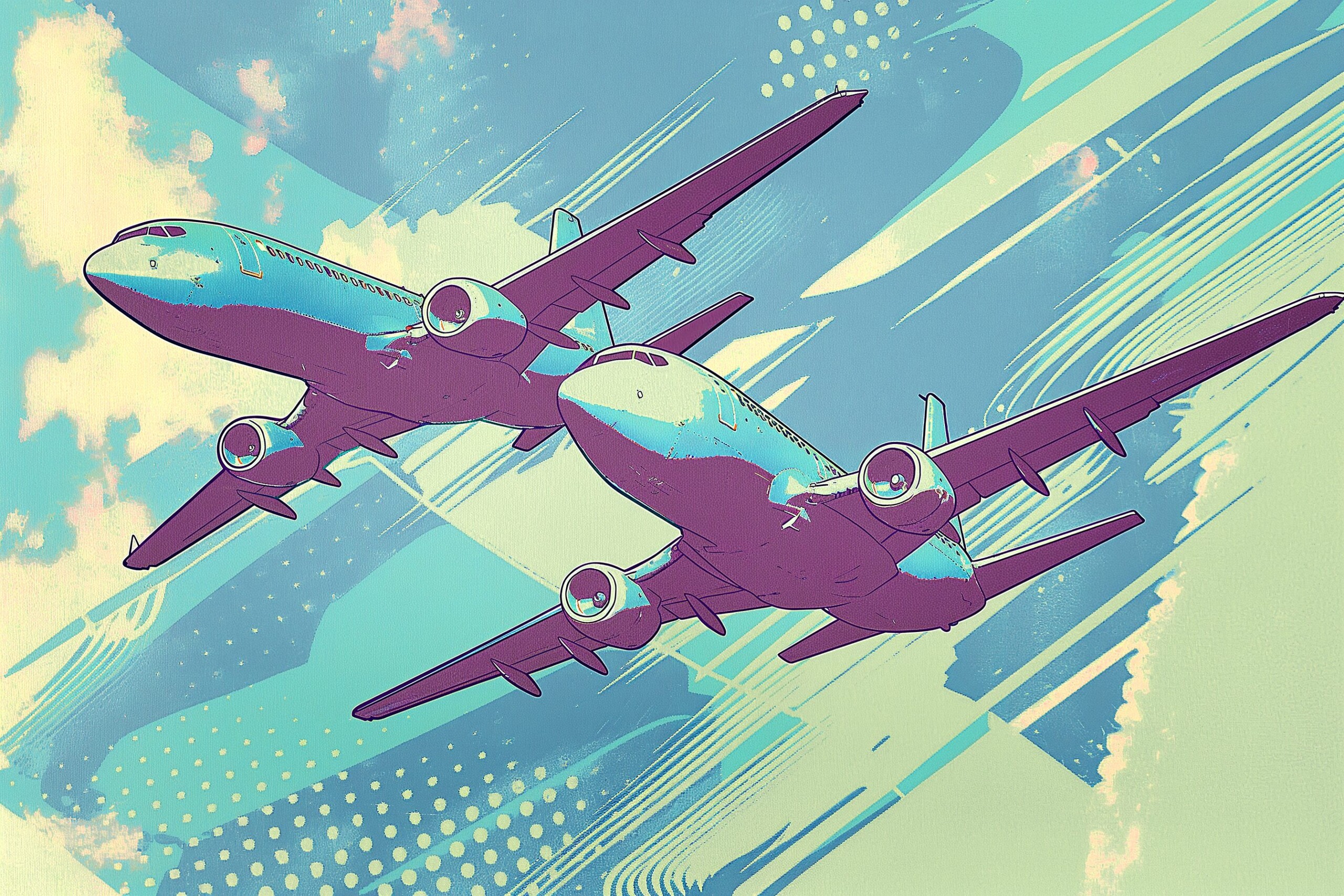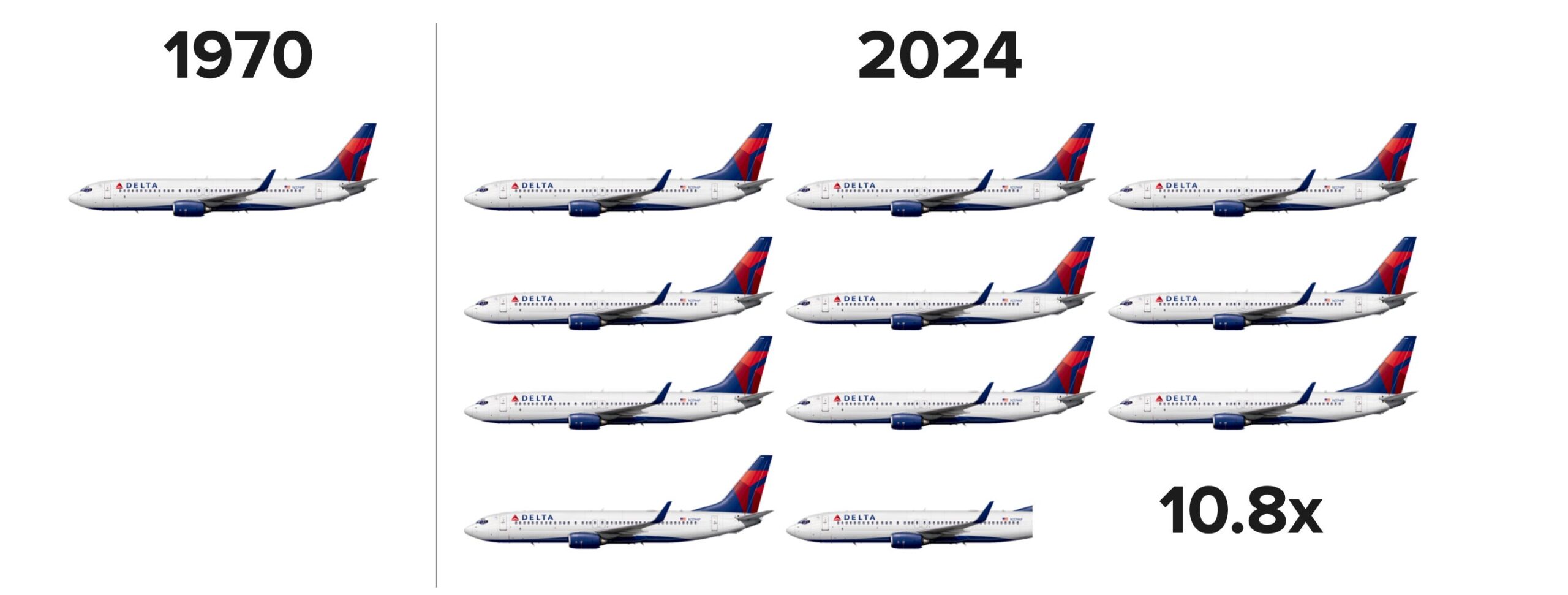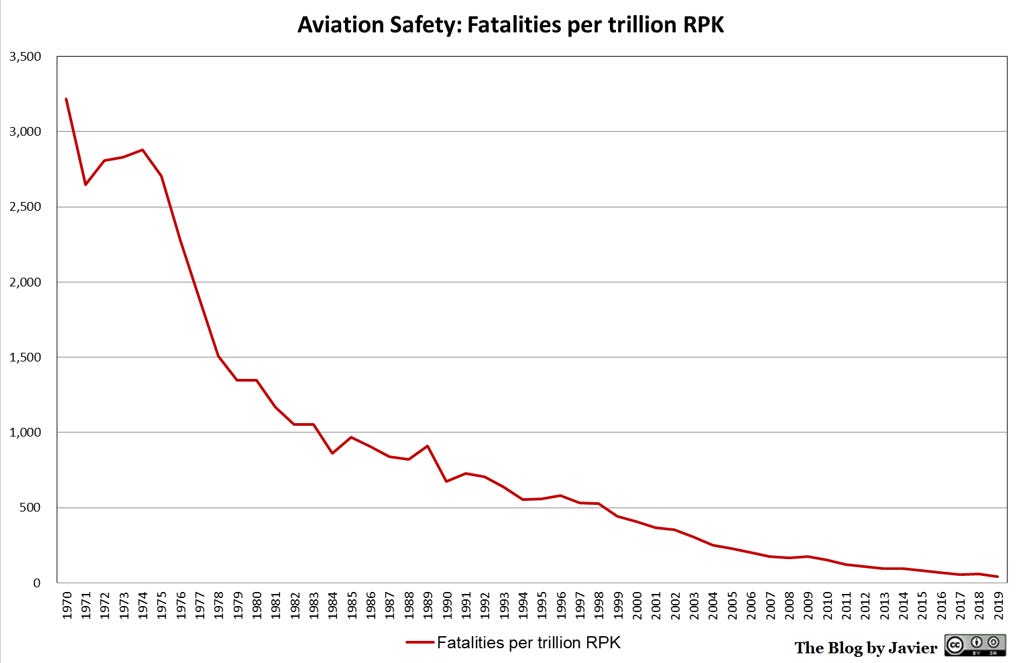August 3 will mark the 526th anniversary of Christopher Columbus’s 1492 departure from Spain to the West Indies. The occasion is a reminder of just how dramatically transoceanic travel has improved in terms of lower cost, safer conditions and quicker travel times.
First, consider the cost. Columbus had to petition King Ferdinand II and Queen Isabella of Spain for two years for the exorbitant funds needed to make his voyage. The voyage cost approximately 2 million Spanish maravedis. According to physics professor Harry Shipman at the University of Delaware, 1 maravedi would be about 50 cents today, which would mean Columbus’s voyage cost a million current U.S. dollars.
Such trips are no longer limited to those with access to a royal treasury. In fact, more people than ever are able to afford international travel, including across the Atlantic. Competition that followed deregulation of U.S. airlines in 1978 slashed the price of tickets to make flying more accessible to more people, and progress is ongoing. A record 3.7 billion people flew in 2016.
As Marian Tupy has written, “Between 1990 and 2013, the average international round-trip airfare fell from $1,248 to $1,175 (in 2013 U.S. dollars).” A trip tracing Columbus’s journey from Madrid to San Salvador Island would cost slightly more than $1,000 in 2018. And flights from Madrid to India, which is where Columbus had originally wanted to go, are even cheaper.
By the time that the pilgrims on the Mayflower made their journey from England to the New World, the cost of crossing the Atlantic had fallen to around five pounds or $1,000 current U.S. dollars. But it is difficult for those accustomed to modern transatlantic travel to comprehend the danger and length of that rocky voyage by sea.
One passenger wrote that the Mayflower “encountered many times with cross winds, and met with many fierce storms, with which the ship was shrewdly shaken, and her upper works made very leaky.”
Another passenger died on the ship – a normal occurrence during transatlantic journeys of the era, just as many of Columbus’s crew died from scurvy, a disease caused by poor nutrition, a century earlier. Sea voyages entailed cramped living quarters, a diet of hard biscuits and beer, and the existential threat of storms that could wreck the ship. For most people, the most dangerous part of the trip nowadays is the possibility of leg cramps on a long flight.
And let us not forget that transatlantic journeys have shortened from several months to a matter of hours. For his first voyage in 1492, Columbus departed from Palos de la Frontera, Spain, and landed somewhere in the Bahamas. His journey took a grueling two months and nine days. The first steamship to cross the Atlantic did so in 207 hours in 1819. Today, a flight from Madrid to Nassau in the Bahamas would take an average of 9 hours on an air-conditioned plane with fresh food at the ready, proper restrooms, and most likely televisions with the latest movies.
Some may groan about the inconveniences of transatlantic flights. But they are nothing compared to the horrors of crossing the Atlantic in years past. The very first journeys were prohibitively costly, took months and involved tremendous risk. We can thank technological progress, competition and increasing prosperity for making the trip more affordable, safer and faster.




